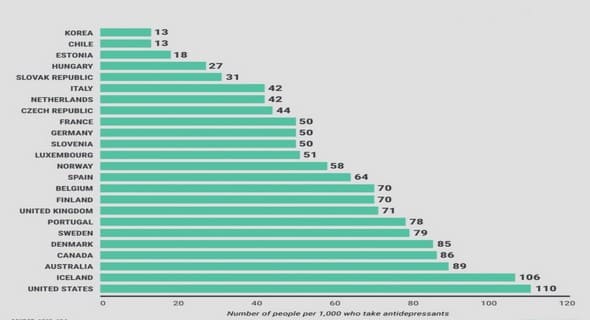(Downloads - 0)
For more info about our services contact : help@bestpfe.com
Table of contents
Introduction
1 Basics of spin-mechanics
1.1 Spin detection
1.1.1 The Stern-Gerlach experiment
1.1.2 Nuclear Mangetic Resonance
1.1.3 Optically detected magnetic resonance
1.1.4 Magnetic Resonance Force Microscopy
1.2 Trapped ion: an example of quantum harmonic mechanical oscillator
1.2.1 Quantum harmonic oscillator with the ladder operators method
1.2.2 The emergence of trapped ions
1.2.3 Spin-mechanical coupling
1.2.4 Coherent manipulation of the mechanical state
1.3 Center of mass spin-mechanics with NV spins
1.3.1 Coupling schemes
1.3.2 Levitated diamonds
2 Levitation of micro-particles in a Paul trap
2.1 Confinement of a charged dielectric particle in a Paul trap
2.1.1 Confinement of the CoM
2.1.2 Confinement of the angular degree of freedom
2.2 Trap set-up
2.2.1 Diamond visualization
2.2.2 Trapping electrode(s)
2.2.3 Injection of micro-particle in the Paul trap
2.2.4 Tuning the stability and confinement of the Paul trap
2.2.5 Vacuum conditions
2.3 Center of mass motion
2.4 Angular confinement: the librational modes
2.4.1 Origin of the confinement
2.4.2 Detection of the angular position
2.4.3 Librational modes in the underdamped regime
2.5 Limitations
2.5.1 Effect of the radiation pressure
2.5.2 Trap-driven rotations
2.6 Conclusion
3 Spin control in levitating diamond
3.1 The NV center in diamond
3.1.1 Atomic and electronic structure of the NV center
3.1.2 Orbital states and optical observation
3.1.3 Optically detected magnetic resonance
3.1.4 Impact of the magnetic field
3.1.5 Hyperfine coupling to nuclear spins
3.1.6 NV spins lifetime and coherence
3.1.7 Spin properties in diamond particles
3.2 Observation and control of NV centers in levitating diamonds
3.2.1 NV optical observation
3.2.2 External antenna
3.2.3 Integrated ring antenna with Bias T
3.3 NV spins to monitor the angular stability
3.3.1 Paul trap angular stability
3.3.2 ESR spectra in rotating diamonds
3.4 Coherent control and spin properties in levitating diamonds
3.5 NV thermometry
3.6 Conclusion
4 Spin-mechanical coupling
4.1 Spin-induced torque
4.1.1 Theoretical description
4.1.2 Mechanically-detected Electron Spin Resonance
4.1.3 Calibration of the angular detection sensitivity
4.2 Linear back-action
4.2.1 Theoretical description
4.2.2 Ring-down measurement
4.2.3 Cooling of the thermal fluctuations
4.3 Non linear back-action
4.3.1 Bistability
4.3.2 Lasing of a librational mode
4.4 Spin-mechanics in the quantum regime
4.4.1 Spin-mechanical Hamiltonian
4.4.2 Coupling rate
4.4.3 Decoherence sources
4.4.4 Role of the geometry
4.4.5 Cooling efficiency
5 Levitating ferromagnets
5.1 Magnet libration in hybrid trap
5.1.1 Hard ferromagnet
5.1.2 Soft ferromagnet
5.2 Libration of iron rods
5.2.1 Levitation of asymmetric iron particles
5.2.2 Ring-down of the librational mode
5.2.3 Characterization of the mechanical properties
5.3 Hybrid diamond-ferromagnet particles
5.3.1 Nano-diamonds on iron micro-spheres
5.3.2 Nickel coating on micro-diamond
General conclusion
A Ring electrode
B Calculation of the cooling rate



